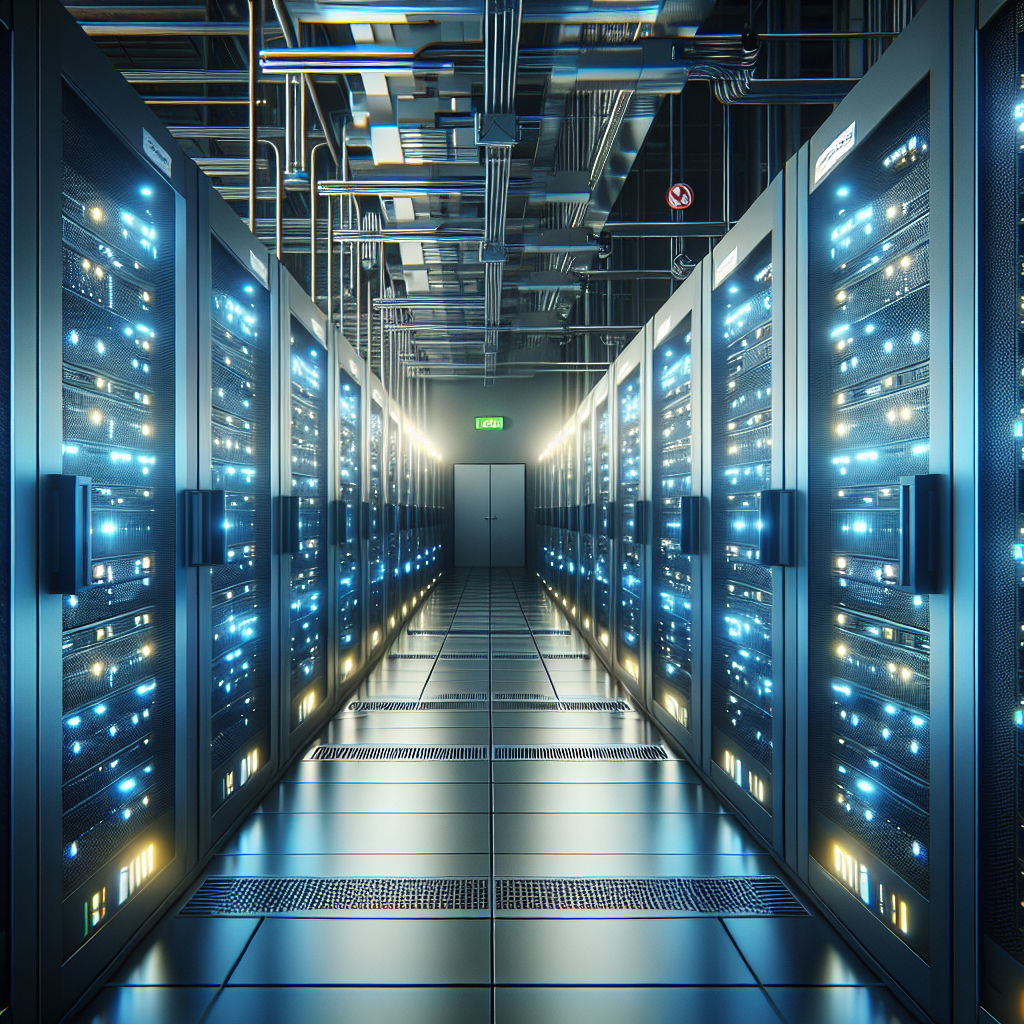Your cart is currently empty!
Data Center Safety Protocols: A Closer Look at Industry Standards

Data centers are the backbone of modern technology, providing the infrastructure needed to store and process vast amounts of data. With the increasing reliance on digital services, ensuring the safety and security of data center facilities has become a top priority for organizations around the world. In order to meet this challenge, industry standards have been established to outline best practices for maintaining a safe and secure data center environment.
One of the key areas of focus in data center safety protocols is physical security. Data centers house valuable equipment and sensitive information, making them potential targets for theft or sabotage. To prevent unauthorized access, data centers typically employ a multi-layered security approach that includes measures such as access control systems, surveillance cameras, and security personnel. In addition, data center staff are trained to follow strict protocols for verifying the identity of individuals entering the facility, as well as monitoring and reporting any suspicious activity.
Another important aspect of data center safety protocols is fire prevention and suppression. Data centers are filled with electronic equipment that can be easily damaged by fire, so it is essential to have robust fire detection and suppression systems in place. This includes smoke detectors, fire alarms, and automatic sprinkler systems that can quickly extinguish flames before they spread. Regular inspections and maintenance of these systems are also crucial to ensure they are functioning properly in the event of an emergency.
Furthermore, data centers must also adhere to environmental safety standards to protect both the equipment and the people working in the facility. This includes maintaining proper temperature and humidity levels to prevent overheating and equipment failure, as well as implementing measures to reduce the risk of electrical hazards. Regular inspections and monitoring of environmental conditions are essential to identify and address any potential risks before they escalate into a safety issue.
In addition to physical security and environmental safety, data center safety protocols also cover aspects such as data backup and disaster recovery planning. In the event of a natural disaster, cyber attack, or equipment failure, data centers must have contingency plans in place to ensure the continuity of operations and the protection of critical data. This includes regular data backups, redundant systems, and off-site storage facilities to minimize the impact of any potential disruptions.
Overall, data center safety protocols are essential for ensuring the protection of valuable equipment and sensitive information housed within these facilities. By following industry standards and best practices, data center operators can create a secure environment that safeguards against physical threats, environmental hazards, and data loss. By investing in safety measures and staying up-to-date with the latest industry guidelines, organizations can mitigate risks and ensure the reliability and security of their data center operations.

Leave a Reply